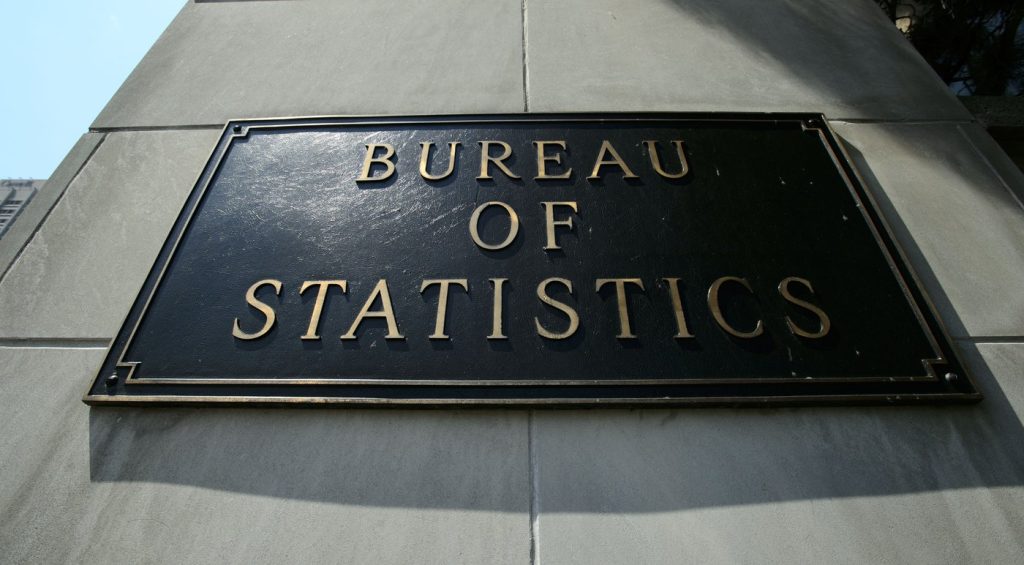SkyTower in downtown Toronto could, if approved, become tallest building in Canada
Posted November 15, 2022 3:05 pm.
Last Updated November 15, 2022 6:17 pm.
When it comes to the skyline in downtown Toronto, it always feels like change is happening, but the foot of Yonge Street could be home to a record-shattering condo if government officials sign off.
City of Toronto staff are currently reviewing a proposal that could see the approved 95-storey SkyTower be extended another 10 storeys, which, if given the go-ahead, would become Canada’s tallest building and the first that’s more than 100 storeys.
“It’s a little city of its own and we want to be able to have a community everyone can actually see,” Anson Kwok, vice-president of sales and marketing at Pinnacle International, recently told CityNews.
While not a literal city, it certainly could be viewed that way from the ground. In the end, Kwok said there will be three residential towers and three office towers with five million square feet of space. Two hotels and retail stores are included in the mix.
RELATED: Average rent for one-bedroom condo up by 20% from 2021, Toronto real estate board staff say
He described Pinnacle One Yonge as a “master-planned community,” noting there will be amenities such as a 50,000-square-foot community centre, a walking track, a children’s play area and a dog run. There will also be the typical condo amenities too.
Under the proposal, Kwok said the extra 10 floors wouldn’t be extra penthouse units. Instead, it would add 10, 12-unit floor plates within the existing structure. He said the unit prices range between $900,000 and $4 million.
So how does SkyTower rank with other buildings in Toronto?
The One, located at the southwest corner of Yonge Street and Bloor Street West, is aiming to be 94 storeys. First Canadian Place, an office tower at the northwest corner of Bay Street and King Street West, is currently the tallest building. It would be roughly 30 floors and 50 metres less than SkyTower should its new height be approved. The CN Tower is considered a freestanding structure and left out of the building height rankings.
Social infrastructure needs to keep up with development and enhancing services, new Toronto councillors say
Ausma Malik was elected in October as the Toronto city councillor for Ward 10 Spadina-Fort York, the area where SkyTower is located. She told CityNews there was a demand at the doors for more public, recreational amenities amid the sea of residential developments downtown.
“This is a place where we have to be growing in a smart way that ensures we have what we need to create liveable neighbourhoods,” Malik said.
“A huge priority for me and the conversations that I was having is to make sure that the community infrastructure, the hard and the social infrastructure, is keeping pace with the growth that we’re seeing in our downtown neighbourhoods and this is an opportunity for us to be able to continue to get the assurances that we have that, especially in the location where this building is.”
Malik said there are plans for a school to come to help service the growing Lower Yonge community. She also said among the infrastructure needs is accelerating the proposed East Waterfront LRT line to ensure new residents have access to transit.
“Growth is a reality of our downtown neighbourhoods and it is the choices that we make for how that growth looks and who it is benefiting,” Malik said.
Toronto Centre Coun. Chris Moise, who was also elected in October, echoed concerns about investing in social infrastructure to keep up with residential developments.
RELATED: Toronto condo prices keep rising despite slowing sales, survey finds
“I personally don’t have an issue with density. What I have an issue with though is the infrastructure and the wraparound services around those infrastructures – libraries, community centres,” he told CityNews.
“We want people to come here, live here, work here, spend their money here, but we must make sure we have the infrastructure in place for that to happen and I feel that we are a little behind the ball in the core of the city. I hope with this new council going forward, that’s something we look at and try to mitigate and try to rectify.
“Once you build up, you cannot go back and redo it. So when you do it, do it right.”
Matti Siemiatycki, a geography professor and the director of the Infrastructure Institute at the University of Toronto, added there’s another type of social need that needs to be met in intensified areas: health care, specifically extra capacity at hospitals.
“We need to make sure our health care and social infrastructure keeps pace,” he told CityNews.
“It’s not just the building that makes it a home, it’s all of the other services that make it possible for people to live a full life there.”
Could we see more supertall buildings and how is intensification being handled?
Siemiatycki said with record housing needs in Toronto and beyond, soaring buildings like SkyTower and others elsewhere aren’t surprising even though the economics can be trickier.
“Developers around the world are reaching for the sky and the reason is the taller you go, if you can sell the units you’re making money out of thin air, literally,” he said.
“There is a huge incentive to go big and you’re starting to see a push to go taller and taller and taller … They’re selling it as a way of life.”
Siemiatycki said this project benefits from being close to transportation hubs such as Union Station and the waterfront, but there’s a perennial need to enhance water, sewer and electric infrastructure to keep up — big costs in the end for the municipality.
“Can the City recoup some of that additional value from the density and invest it in infrastructure,” he said.
When it comes to the need for more housing, Siemiatycki said it doesn’t just reside in taller towers. He said the densest cities come through medium-rise developments between four and 10 storeys. More of those kinds of buildings, in addition to a move to legalize up to three units in many single-family dwellings, need to be part of the conversation as well.
In New York City, the most populous city in the United States and no stranger in high-rise developments, supertall residential structures are just starting to break out.
“For residential, that is very new and also sparking some controversy because residential construction and the way the units are configured are just very different than office so the buildings start looking different when you get at those heights,” Marc Norman, the associate dean of the New York University School of Professional Studies Schack Institute of Real Estate, told CityNews.
He said many newer residential developments are still below 60 storeys, but pointed to recent developments at places like West 57th Street that go much higher. Normally said builders have had to go as narrow as the width of two townhouse units near the 100-storey mark due to wind-, weather- and construction-related issues.
“It’s actually kind of an engineering marvel that’s relatively recent and it’s frankly still in the experimental phase. We haven’t had 35-foot-wide, 100-storey towers before,” he said, noting colder temperatures high up can cause metals and other materials to react differently.
“If those (dampers of water and concrete) stop working, people have been in these new towers have been saying they become seasick with swaying.”
RELATED: ‘AusterityTO’ examines state of Toronto infrastructure amid calls for better public spaces
Norman said zoning in many parts of the city, especially Manhattan, can allow for supertall structures with minimal opportunities to challenge it.
“If your building conforms to the zoning on the books, you can build it … which is pretty unique,” he said.
“People will be pissed off, but if the zoning says it can be 80 stories, it’s 80 stories. If the zoning says it can be lot line to lot line, then that’s what you do. That’s in some ways our housing crisis isn’t as bad as other cities.”
Norman went on to question who exactly is benefiting from supertall residential construction.
“The residential supertalls in New York start around six and go as high as $80 million for a condo, so who is that person right? It’s not their residence, it might be their fifth,” he said.
“When you get to those heights, you’re basically making a statement. It’s not the most prudent financial model, but sometimes making the statement is important.”
“Those towers aren’t solving any housing crisis.”
Meanwhile, back in downtown Toronto, Kwok said the foundational infrastructure to add another 10 floors to SkyTower is already in place and the hope is that it can proceed as the building is constructed over the next few years.
“Beating 100 storeys is definitely something a lot of development fans have been wanting someone to go over 100, but we also believe it’s the right location. It’s the postcard of the city,” he said.








